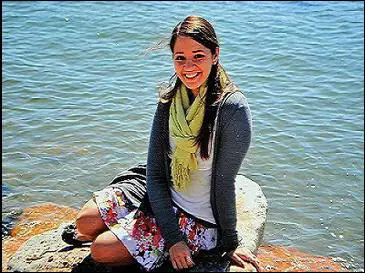On this day on 4th November
On this day in 1501 Catherine of Aragon (16) met Prince Arthur (15) for the first time. As a high-born Castilian bride, Catherine remained veiled to both her husband and her father-in-law until after the marriage ceremony. Henry would have been concerned by her size. She was described as "extremely short, even tiny". Henry could not complain as Arthur, now aged fifteen, was very small and undeveloped and was "half a head shorter" than Catherine. He was also described as having an "unhealthy" skin colour.
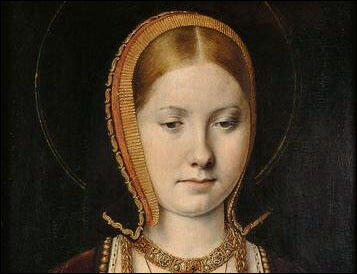
On this day in 1677 the future Mary II of England married her cousin William, Prince of Orange. Mary, the daughter of James and Anne Hyde, was born at St. James's Palace, London, in 1662. Along with her sister Anne, she he was brought up as a Protestant.
In November 1688, William and his Dutch army arrived in England. When the English army refused to accept the orders of their Catholic officers, James fled to France. As the overthrow of James had taken place without a violent Civil War, this event became known as the Glorious Revolution.
William and Mary were now appointed by Parliament as joint sovereigns. However, Parliament was determined that it would not have another monarch that ruled without its consent. The king and queen had to promise they would always obey laws made by Parliament. They also agreed that they would never raise money without Parliament's permission. So that they could not get their own way by the use of force, William and Mary were not allowed to keep control of their own army. In 1689 this agreement was confirmed by the passing of the Bill of Rights.
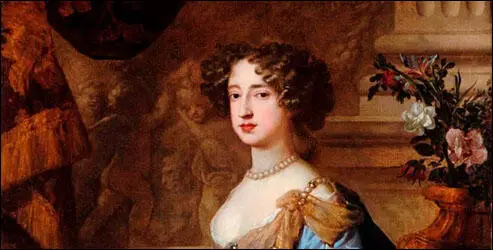
On this day in 1839 the start of the Newport Rising against the government. In May 1838 Henry Vincent was arrested for making inflammatory speeches. When he was tried on the 2nd August at Monmouth Assizes he was found guilty and sentenced to twelve months imprisonment. Vincent was denied writing materials and only allowed to read books on religion.
Chartists in Wales were furious and the decision was followed by several outbreaks of violence. John Frost toured Wales making speeches urging people not to break the law. Instead Frost called for a massive protest meeting to show the strength of feeling against the imprisonment of Henry Vincent. Frost's plan was to march on Newport where the Chartists planned to demand the release of Vincent.
The authorities in Newport heard rumours that the Chartists were armed and planned to seize Newport. Stories also began to circulate that if the Chartists were successful in Newport, it would encourage others all over Britain to follow their example.
When John Frost and the 3,000 marchers arrived in Newport on 4th November 1839 they discovered that the authorities had made more arrests and were holding several Chartists in the Westgate Hotel. The Chartists marched to the hotel and began chanting "surrender our prisoners". Twenty-eight soldiers had been placed inside the Westgate Hotel and when the order was given they began firing into the crowd. Afterwards it was estimated that over twenty men were killed and another fifty were wounded.
Frost and others involved in the march on Newport were arrested and charged with high treason. Several of the men, including John Frost, were found guilty and sentenced to be hanged, drawn and quartered. The severity of the sentences shocked many people and protests meetings took place all over Britain. Some Physical Force Chartists called for a military uprising but Feargus O'Connor refused to lead an insurrection.
The British Cabinet discussed the sentences and on 1st February the Prime Minister, Lord Melbourne, announced that instead of the men being executed they would be transported for life. John Frost was sent to Tasmania where he worked for three years as a clerk and eight years as a school teacher.
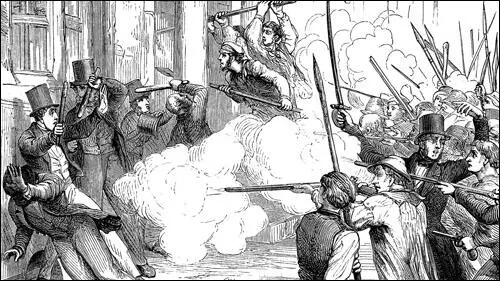
On this day in 1918 Wilfred Owen was killed by machine-gun fire while leading his men across the Sambre–Oise Canal. A week later the Armistice was signed. Only five of Owen's poems were published while he was alive. After Owen's death his friend, Siegfried Sassoon, arranged for the publication of his Collected Poems (1920). Jon Stallworthy has argued: "Dying at twenty-five, he came to represent a generation of innocent young men sacrificed - as it seemed to a generation in unprecedented rebellion against its fathers - by guilty old men: generals, politicians, war profiteers. Owen has now taken his place in literary history as perhaps the first, certainly the quintessential, war poet." However, Owen only became a national figure when Benjamin Britten added music to his poems in War Requiem in 1962.
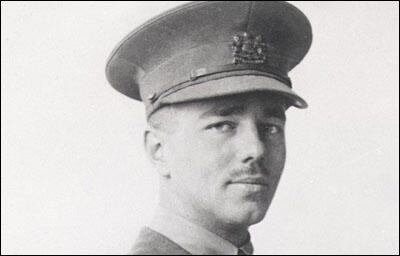
On this day in 1924 Nellie Tayloe Ross of Wyoming becomes the first female elected as governor in the United States.
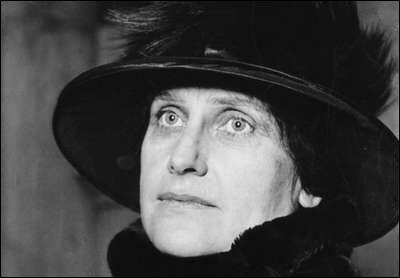
On this day in 1936 Francisco Largo Caballero appointed the Federica Montseny as Minister of Health. In doing so, she became the first woman in Spanish history to be a cabinet minister. Over the next few months Montseny, a member of the anarchist National Confederation of Trabajo (CNT), accomplished a series of reforms that included the introduction of sex education, family planning and the legalization of abortion.
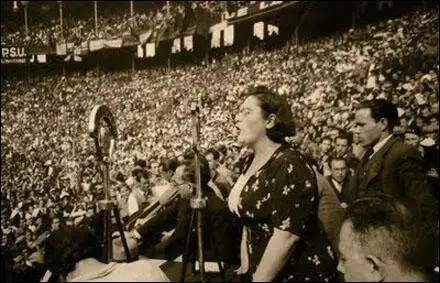
On this day in 1941 suffragist artist Cornelia Barns died. Cornelia Barns, the daughter of a theatre impresario, was born in Flushing, New York, on 25th September 1888. She attended the Pennsylvania Academy of Fine Arts and her cartoons published in The Masses, The Suffragist, The Women Voter, The Liberator, The New Masses and the Birth Control Review.
Max Eastman, the magazine editor, argued in his book, Love and Revolution (1965): "Cornelia Barns possessed an instinct for the comic in pictorial art that few American artists have ever surpassed. She was a gentle brown-eyed girl with soft hair sleeked down around a comely and quiet face. She had no ambition or aggression in her nature, and came through the open door of the Masses like a child into a playroom, moved only by her liking for what she saw there. When its door closed she disappeared from fame as quietly as she had entered upon it - I don't know why."
After the death of a patient during childbirth Margaret Sanger decided to devote her life to making reliable contraceptive information available to women. She published the Birth Control Review and persuaded Cornelia Barns and Lou Rogers to be co-art editors of the journal. The main theme of her articles was that "no woman can call herself free who doesn't own and control her own body."
After the USA declared war on the Central Powers in 1917, The Masses came under government pressure to change its policy. When it refused to do this, the journal lost its mailing privileges. In July, 1917, it was claimed by the authorities that articles by Floyd Dell and Max Eastman and cartoons by Art Young, Boardman Robinson and Henry J. Glintenkamp had violated the Espionage Act. Under this act it was an offence to publish material that undermined the war effort. One of the journals main writers, Randolph Bourne, commented: "I feel very much secluded from the world, very much out of touch with my times. The magazines I write for die violent deaths, and all my thoughts are unprintable."
In 1918 the same people who produced The Masses, including the editor, Max Eastman, went on the publish a very similar journal, The Liberator. The journal published information about socialist movements throughout the world and was the first to break the news that the Allies had invaded Russia. Barns, a socialist, also contributed to this magazine.
After the death of a patient during childbirth Margaret Sanger decided to devote her life to making reliable contraceptive information available to women. She published the Birth Control Review and persuaded Lou Rogers and Cornelia Barns to be co-art editors of the journal. The main theme of her articles was that "no woman can call herself free who doesn't own and control her own body."
In 1920 Michael Gold was appointed editor of The Liberator. Two years later the the journal was taken over by Robert Minor and the Communist Party and in 1924 was renamed as The Workers' Monthly. Many of the people who contributed to the The Masses and The Liberator, were unhappy with this development and in 1926, they started their own journal, the New Masses. Barnes also contributes the magazine.
Barns was a socialist and her cartoons dealt with issues as women's suffrage. A member of the National Woman Suffrage Association she produced cartoons for its newspaper, The Suffragis. Her cover, "Waiting," published in 1919 is a powerful portrayal of an unending mass of strong-bodied women, two with babies in their arms, holding a lighted torch while waiting for political recognition through suffrage.
After the First World War, Cornelia, suffering from tuberculosis, moved to California with her husband, Arthur Selwyn Garbett and young son. In her later years she designed magazine covers and contributed cartoons to local newspapers.
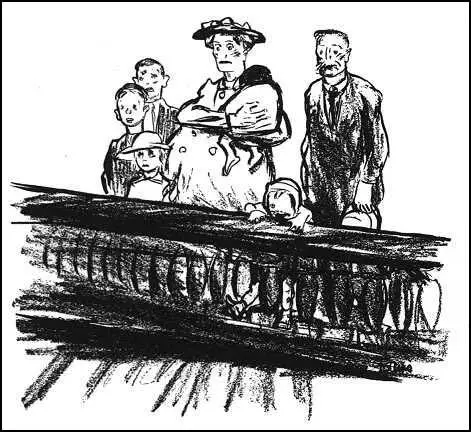
On this day in 1942 Patricia Era Bath, was born. She was an American ophthalmologist, inventor, humanitarian, and academic. She was the inventor of laser cataract surgery . Her invention was called Laserphaco Probe. Bath was the first African-American person to serve as a resident in ophthalmology at New York University . She was also the first African-American woman to serve on staff as a surgeon at the UCLA Medical Center. A holder of five patents, she also founded the non-profit American Institute for the Prevention of Blindness in Washington, D.C.
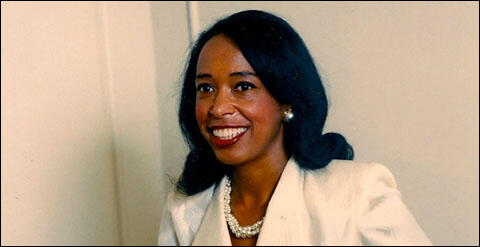
On this day in 1970 Salvador Allende takes office as President of Chile and became the first Marxist to gain power in a free democratic election. The new government faced serious economic problems. Inflation was running at 30 per cent and over 20 per cent of the male adult population were unemployed. It was estimated that half of the children under 15 suffered from malnutrition.
Allende's decide to take action to redistribute wealth and land in Chile. Wage increases of around 40 per cent were introduced. At the same time companies were not allowed to increase prices. The copper industry was nationalized. So also were the banks. Allende also restored diplomatic relations with Cuba, China and the German Democratic Republic.
The CIA arranged for Michael V. Townley to be sent to Chile under the alias of Kenneth W. Enyart. He was accompanied by Aldo Vera Serafin of the Secret Army Organization (SAO). Townley now came under the control of David Atlee Phillips who had been asked to lead a special task force assigned to remove Allende.
The CIA attempted to persuade Chile's Chief of Staff General Rene Schneider, to overthrow Allende. He refused and on 22nd October, 1970, his car was ambushed. Schneider drew a gun to defend himself, and was shot point-blank several times. He was rushed to hospital, but he died three days later. Military courts in Chile found that Schneider's death was caused by two military groups, one led by Roberto Viaux and the other by Camilo Valenzuela. It was claimed that the CIA was providing support for both groups.
Allende's attempts to build a socialist society was opposed by business interests. Later, Henry Kissinger admitted that in September 1970, President Richard Nixon ordered him to organize a coup against Allende's government. A CIA document written just after Allende was elected said: "It is firm and continuing policy that Allende be overthrown by a coup" and "it is imperative that these actions be implemented clandestinely and securely so that the USG (United States government) and American hand be well hidden."
David Atlee Phillips set Michael V. Townley the task of organizing two paramilitary action groups Orden y Libertad (Order and Freedom) and Protecion Comunal y Soberania (Common Protection and Sovereignty). Townley also established an arson squad that started several fires in Santiago. Townley also mounted a smear campaign against General Carlos Prats, the head of the Chilean Army. Prats resigned on 21st August, 1973.
On 11th September, 1973, a military coup removed Allende's government from power. Salvador Allende died in the fighting in the presidential palace in Santiago. General Augusto Pinochet replaced Allende as president.
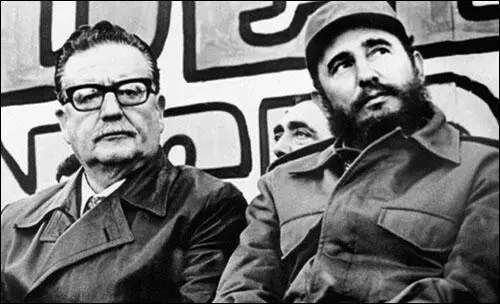
On this day in 1985 Victoria Leigh Soto was born. She was an American teacher who was killed in the Sandy Hook Elementary School shooting. After the gunman entered the school, She hid her students; when the students later ran from their hiding places, she reportedly got shot four times by the gunman and died trying to shield them with her body, She was 27 years old.
